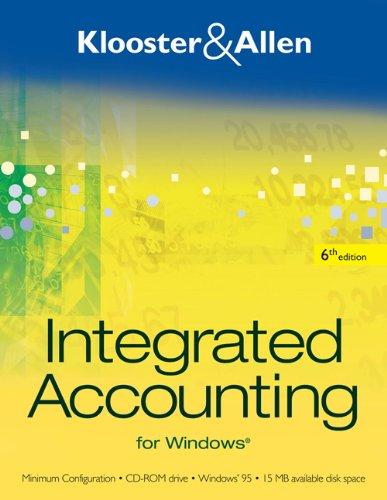Question
Ho-Ho-Kus Company (a U.S.-based company) has a subsidiary in Mexico that exports all of its production to customers in Asian markets and sources all its
Ho-Ho-Kus Company (a U.S.-based company) has a subsidiary in Mexico that exports all of its production to customers in Asian markets and sources all its inputs locally. Budgets in Mexican pesos (MXN) and U.S. dollars (USD) using the beginning of period exchange rate of USD 0.08 per MXN 1.00 are as follows:
MXN
Sales 40,000,000
Costs 30,000,000
Profit 10,000,000
USD
Sales 3,200,000
Costs 2,400,000
Profit 800,000
During the budget period, the MXN decreased in value by 25 percent against world currencies, such that the end-of-period exchange rate was USD 0.06 per MXN 1.00. Assuming that Ho-Ho-Kus uses the end-of-period exchange rate to track actual performance, actual results in MXN and USD are as follows:
MXN
Sales 45,000,000
Costs 35,500,000
Profit 9,500,000
USD
Sales 2,700,000
Costs 2,130,000
Profit 570,000
As a result, there is an unfavorable total budget variance of MXN 500,000 and an unfavorable total budget variance of USD 230,000.
Required:
a.Determine the amount of the USD 230,000 unfavorable total budget variance caused by a change in the USD/MXN exchange rate. (Note: there are two possible solutions.)
b.Taking economic exposure to foreign exchange risk into consideration, estimate what profit would have been (in both MXN and USD) if the Mexican subsidiary's manager had taken full advantage of the decrease in value of the MXN.
Step by Step Solution
There are 3 Steps involved in it
Step: 1

Get Instant Access to Expert-Tailored Solutions
See step-by-step solutions with expert insights and AI powered tools for academic success
Step: 2

Step: 3

Ace Your Homework with AI
Get the answers you need in no time with our AI-driven, step-by-step assistance
Get Started


